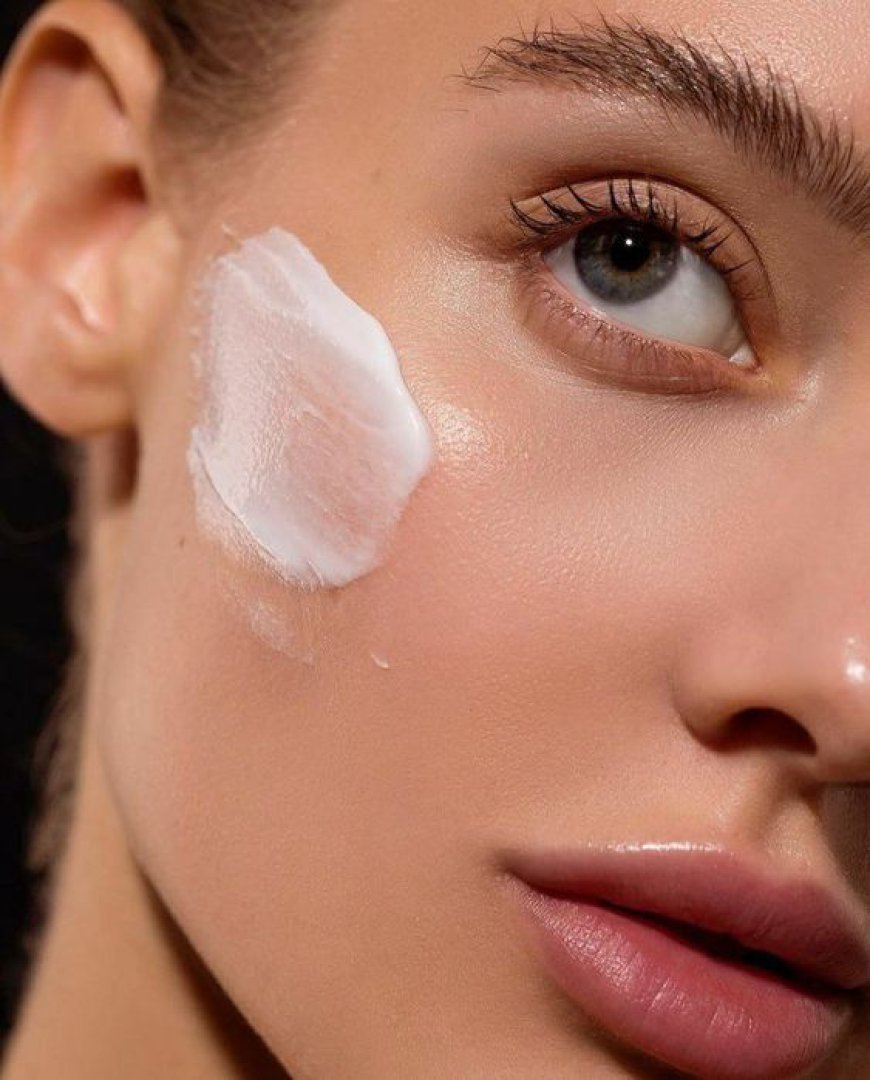Rosacea: Beyond the Blush - Uncovering Causes and Finding Relief

Rosacea is a chronic skin condition that often presents as redness on the face, resembling a persistent flush or blush. This seemingly simple symptom can lead to a complex range of challenges, including skin sensitivity, visible blood vessels, and even acne-like breakouts. Understanding rosacea is essential not just for those who suffer from it but also for friends and family who wish to offer support. In this article, we will explore the causes of Rosacea Treatment in Dubai its symptoms, and various options for relief.
What is Rosacea?
Rosacea is a common inflammatory skin condition that primarily affects the face, particularly the cheeks, nose, forehead, and chin. It can occur in anyone, but it is most commonly diagnosed in fair-skinned individuals and typically appears between the ages of 30 and 50. While the exact cause of rosacea remains unclear, several factors may contribute to its development.
Understanding the Causes of Rosacea
1. Genetic Predisposition
Research suggests that genetics play a significant role in rosacea. If you have a family history of the condition, you may be more susceptible to developing it. Studies indicate that individuals with a family history of rosacea are at a higher risk of experiencing its symptoms.
2. Vascular Factors
Rosacea is often associated with increased blood flow to the skin's surface, leading to flushing and redness. Blood vessels in the face may become more visible due to various triggers, such as heat, exercise, or emotional stress. This vascular component can exacerbate the condition, leading to further skin irritation.
3. Environmental Triggers
Certain environmental factors can trigger or worsen rosacea symptoms. Common triggers include:
- Sun Exposure: UV rays can cause skin inflammation and flare-ups.
- Extreme Temperatures: Both hot and cold weather can irritate the skin.
- Wind: Windy conditions can strip moisture from the skin, leading to increased sensitivity.
- Spicy Foods and Alcohol: These can dilate blood vessels and lead to flushing.
4. Skin Microbiome
Emerging research suggests that the skin microbiome, the community of microorganisms that reside on the skin, may also play a role in rosacea. An imbalance in this microbiome could contribute to inflammation and skin irritation.
5. Demodex Mites
The presence of Demodex mites, tiny organisms that live on human skin, has been linked to rosacea. While they are generally harmless, an overgrowth of these mites may trigger an inflammatory response in susceptible individuals.
Recognizing the Symptoms of Rosacea
Rosacea presents itself in various ways, and symptoms can vary from person to person. The most common symptoms include:
- Facial Redness: Persistent flushing or redness across the cheeks, nose, and forehead.
- Visible Blood Vessels: Small blood vessels on the surface of the skin become enlarged and visible.
- Acne-like Bumps: Red, inflamed bumps or pimples may develop, often resembling acne.
- Skin Sensitivity: Affected skin may feel hot, itchy, or irritated.
- Thickened Skin: In some cases, especially in men, the skin may become thickened and bumpy, particularly on the nose (a condition known as rhinophyma).
Finding Relief: Treatment Options for Rosacea
While there is no cure for rosacea, various treatments can help manage its symptoms and reduce flare-ups. It's essential to consult with a dermatologist to determine the most appropriate course of action. Here are some commonly recommended treatment options:
1. Topical Treatments
Several topical medications can help alleviate rosacea symptoms. These include:
- Metronidazole: An anti-inflammatory cream or gel that can reduce redness and bumps.
- Azelaic Acid: A topical treatment that helps reduce inflammation and skin redness.
- Ivermectin: A cream that targets the Demodex mites and reduces inflammation.
2. Oral Medications
For more severe cases of rosacea, oral medications may be prescribed, including:
- Antibiotics: Doxycycline and tetracycline are commonly used to reduce inflammation and treat acne-like breakouts.
- Isotretinoin: In severe cases, this oral retinoid may be considered to reduce oil production and inflammation.
3. Laser and Light Therapies
Laser and light treatments can effectively target the visible blood vessels and reduce redness. Common procedures include:
- Pulsed Dye Laser (PDL): Targets blood vessels and reduces redness.
- Intense Pulsed Light (IPL): Helps improve skin texture and reduce flushing.
4. Lifestyle Modifications
Identifying and avoiding personal triggers can significantly improve symptoms. Keeping a journal to track flare-ups can help identify patterns. Additionally, consider these lifestyle changes:
- Use Gentle Skin Care Products: Opt for fragrance-free and hypoallergenic products to minimize irritation.
- Sunscreen: Apply a broad-spectrum sunscreen daily to protect sensitive skin from UV damage.
- Avoid Extreme Temperatures: Stay cool in hot weather and protect your skin from cold winds.
5. Dietary Considerations
Monitoring dietary habits can also play a role in managing rosacea. Some people find that reducing spicy foods, hot beverages, and alcohol can help minimize flare-ups. Incorporating anti-inflammatory foods, such as fatty fish, leafy greens, and fruits, may support overall skin health.
Conclusion
Rosacea is more than just a cosmetic concern; it can significantly impact an individual's quality of life. Understanding the underlying causes and recognizing the symptoms is essential for effective management. With a combination of medical treatments, lifestyle adjustments, and self-care, individuals with rosacea can find relief and regain confidence in their skin. If you suspect you have rosacea, consulting a dermatologist can help you navigate your treatment options and find the relief you need. Embracing a holistic approach to skin health can make a world of difference, turning the blush of rosacea into a radiant glow.
